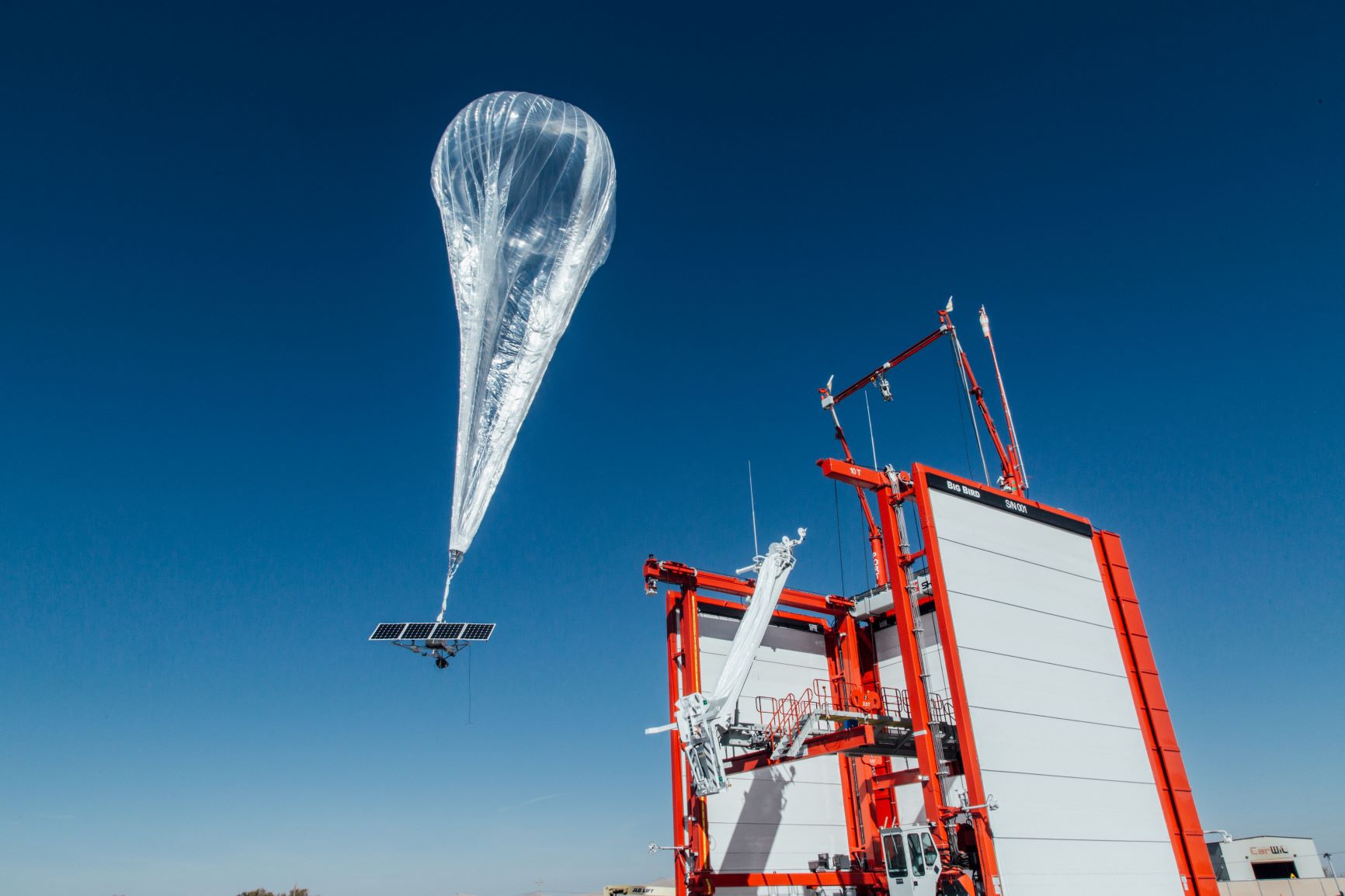
Google spin-off Project Loon has passed a major milestone in its plan to beam the internet to remote locations from giant balloons.
In a significant step forwards for the company, it successfully pinged data across a 1,000 distance via seven balloons last month, Project Loon’s Head of Engineering, Salvatore Candido said in a blog post on Tuesday.
Project Loon’s balloons float around 20 kilometres above sea level, safely above wildlife and air traffic. It aims to partner with mobile network operators to expand 4G coverage to places that lack it, supplement existing networks, and provide “expedient coverage” after natural disasters. It intends to launch commercial services next year.
 Candido wrote: “A backhaul connection must pass from a ground access point to a balloon — a big jump that ultimately has some constraints. If a balloon gets too far from this access point, the signal eventually drops away and we’re just a pumpkin-shaped balloon floating in the stratosphere.To overcome these limits we play a game of leapfrog.”
Candido wrote: “A backhaul connection must pass from a ground access point to a balloon — a big jump that ultimately has some constraints. If a balloon gets too far from this access point, the signal eventually drops away and we’re just a pumpkin-shaped balloon floating in the stratosphere.To overcome these limits we play a game of leapfrog.”
“This game is no child’s play. The backhaul connection jumps from one balloon to the next forming point-to-point links to transmit data between balloons. The distances between balloons are large which means the hardware and algorithms that point the links must be both very accurate and precise. This task is complicated by the fact that our balloons are constantly shifting position relative to one another as they ride wind currents in the stratosphere (more about that here).”
The connection originated from the ground at Loon’s launch site in Nevada, where packets of data were transmitted to a balloon 20 kilometres overhead.
That data traveled nearly 1,000 kilometres along a network of six additional balloons, going from desert to mountains and back again. A few weeks later, Loon achieved another milestone by successfully sending data over 600 kilometres between two balloons — its longest point-to-point link to date.
Custom-Built Antennas
Candido wrote: “These connections were made using custom-built antennas mounted to the bottom of our communications payload. Their accuracy is equivalent to throwing a ball 100 meters and landing it in a wastebasket. In this case, however, the wastebasket was in constant motion in the stratosphere.”
The balloons are made from polyethylene, filled with helium and powered by a solar panel. The balloons are designed to stay aloft for months at a time, and move by surfing wind channels, predicting speeds and directions so that they can navigate in the direction they need to travel. Each balloon carries an antenna, which relays internet signals transmitted from the ground, extending coverage over an area of 5,000 sq km.
In July the company was widely reported to have signed its first commercial deal with a Kenyan network operator; no terms were disclosed.






